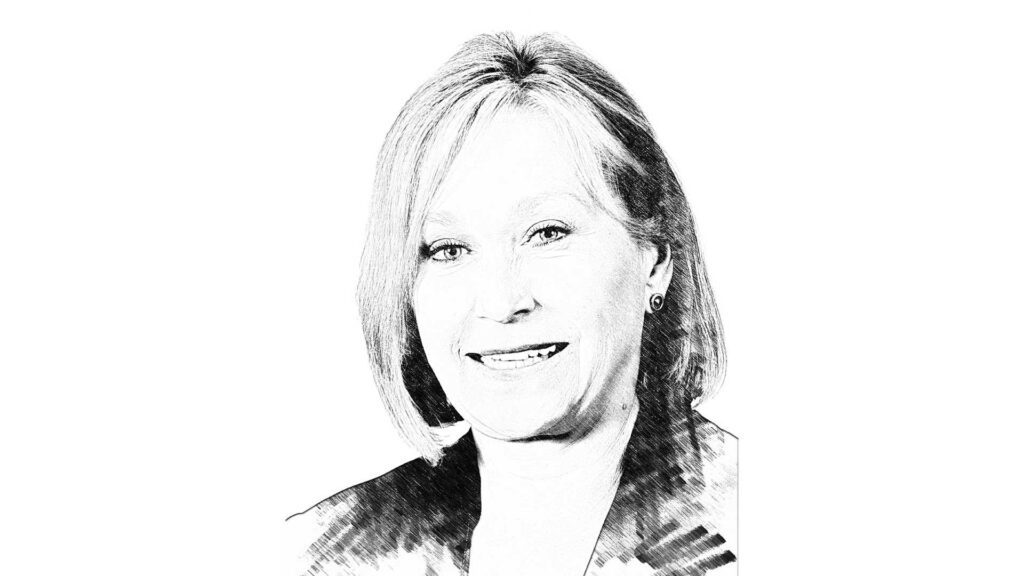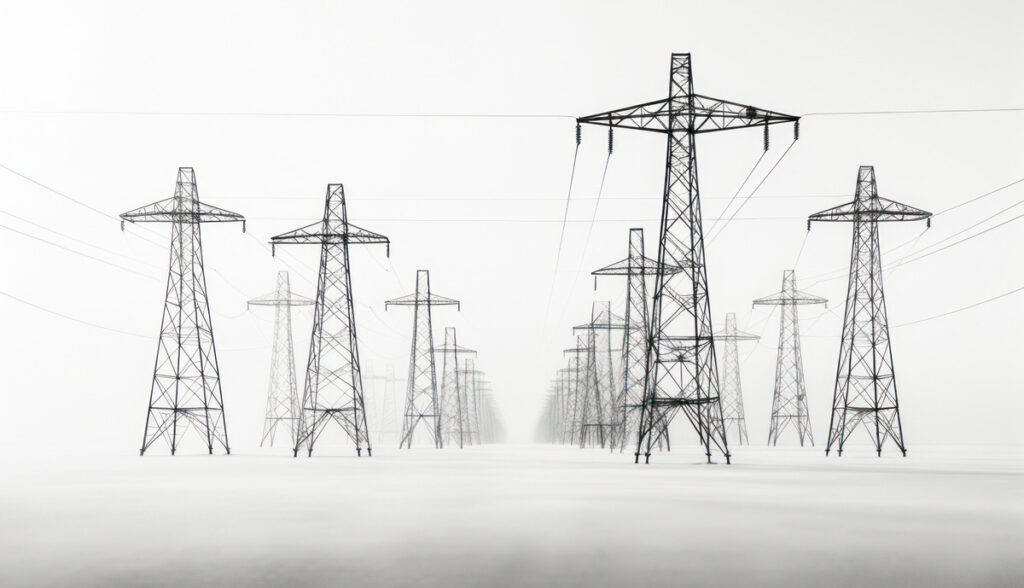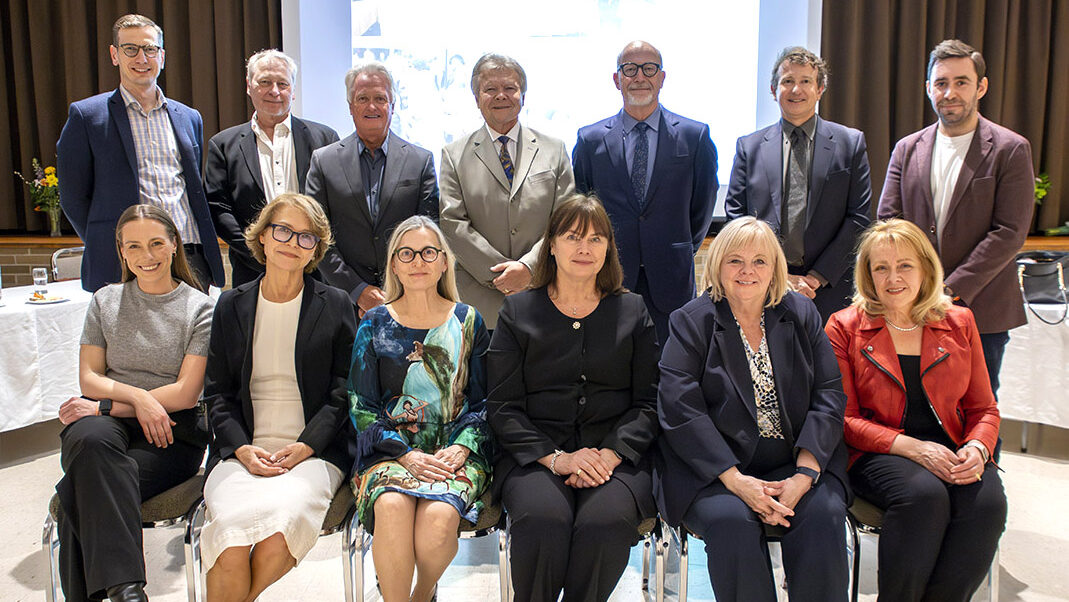
As countries shift to greener and renewable forms of energy, one of the biggest challenges is delivering this clean energy to homes and businesses. Renewable electricity power sources are often situated far from cities. To bring clean power to consumers, more transmission capacity is needed, but building new power lines is expensive, difficult, and slow. Bloomberg New Energy Finance has estimated that reaching net-zero will require investments into power grids to the order of a trillion USD per year globally.
But wind helps cool the wires so that on a windy day the same line may be able to carry several times more power.
Grid Oracle has developed a solution that helps alleviate this challenge. The existing grid can be used more efficiently: power lines can handle 30% more power on average, depending on the weather. Overhead lines are limited by the risk of overheating: if too much power is pushed through, then the wires may become too hot. But wind helps cool the wires so that on a windy day the same line may be able to carry several times more power. The additional capacity, thanks to the cooling effect, is available exactly when wind generators are producing power.

Grid Oracle’s innovation is to employ machine learning for weather forecasting and advanced power grid simulation. This allows grid operators to dynamically adjust the ratings of each power line in accordance with the local weather along the line. This not only increases the capacity available for renewable energy producers but also helps increase the safety of the network. While this so-called Dynamic Line Rating is itself a mature technology, existing solutions depend on installing physical sensors on the lines which is time-consuming to do and maintain.
The company’s founder and CEO is Georg Rute, who has vast experience in the energy sector. A seasoned entrepreneur, Georg is excited about this new venture: “Power grids everywhere are challenged due to both the increasing share of renewables as well as aging infrastructure. Thanks to recent developments in machine learning it is possible to obtain much better visibility into the state of the grid and thus to operate it as efficiently as possible. Increasing national grid capacity by a third with a software-only solution brings the energy transition forward by a decade.”
This is another great example of Estonian ingenuity! For more information, please visit: gridoracle.com




